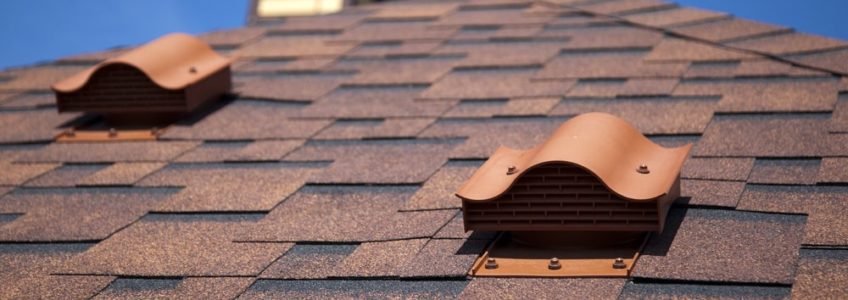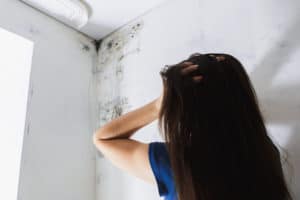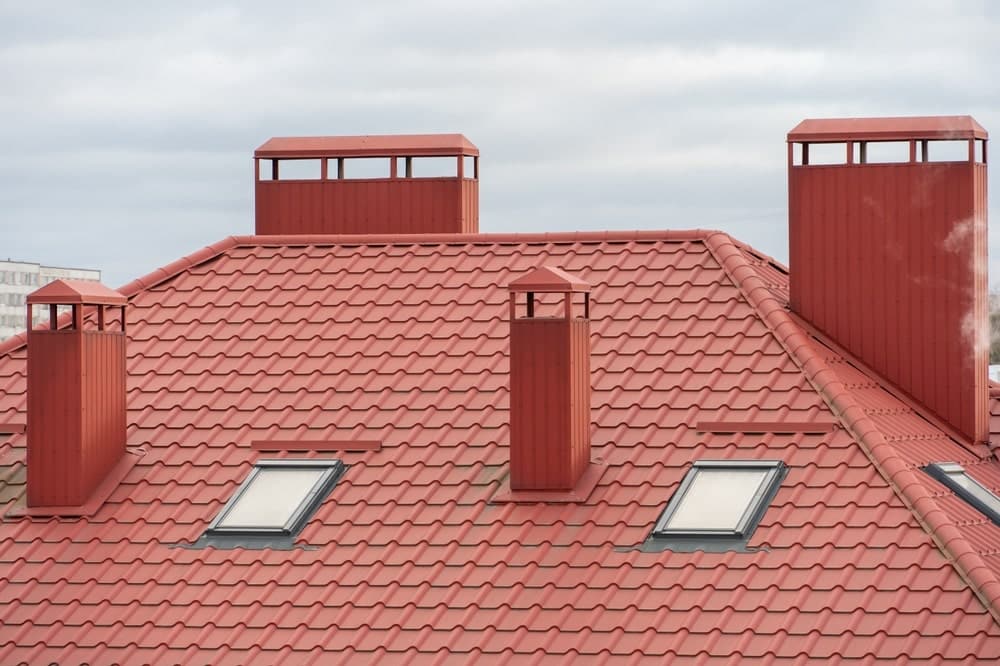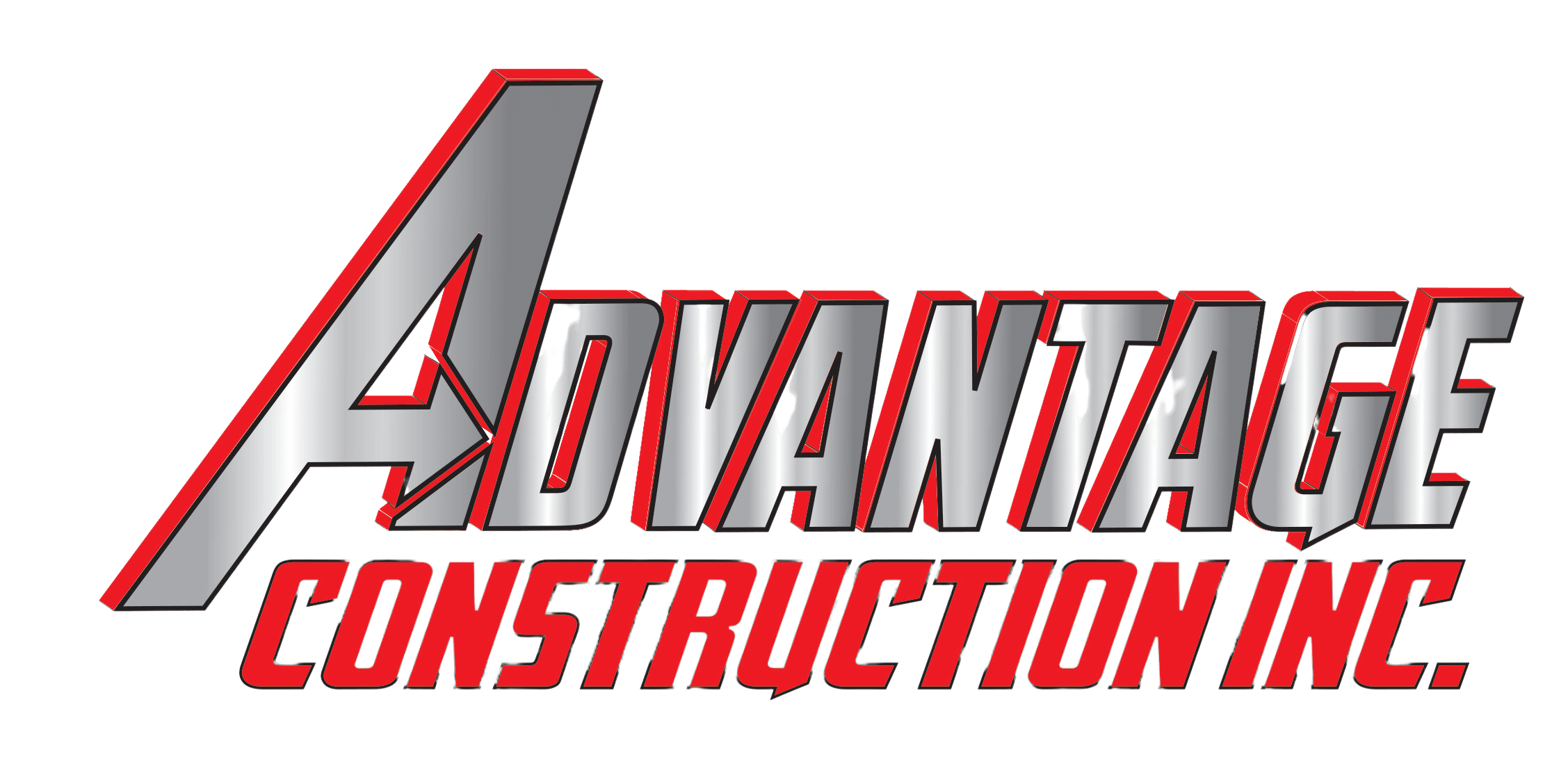
Homeowners go above and beyond to ensure their home is safe from the elements. From high-quality windows to adequately insulated floors and walls, you do all you can to keep the outdoors where it belongs.
But one area homeowners often take for granted is their roof. Specifically, properly ventilating their roof. Here are a few reasons why poor roof ventilation can cause your roof to rot.
Heat Build-Up
Your attic, crawl space, or top floor is a haven for heat. Unfortunately, it’s also filled with materials that will decay over time if exposed to excessive heat. Insulation, wiring, plastic, wood, and roofing materials can and will degrade over time. Since many of these things protect your roof from the elements, their failure can lead to roof rot.
But how does heat collect in your attic or crawl space? Heat rises, so any hot air leaking from your HVAC system or home interior will head toward the eaves. If you don’t have proper attic insulation and ventilation under your roof, that heat won’t have any place to go.
Condensation
Another issue that can cause your roof to rot is condensation. Frustratingly, condensation can be another side effect of too much heat in your attic. If your attic isn’t adequately ventilated, the interior temperature will always be at odds with the exterior.
A significant temperature difference will cause condensation to build inside your attic. As that condensation collects on your eaves with no place to go, the wood can rot. The best way to prevent wood rot is to ensure fans or ventilation systems are in place to release moisture.
Mold and Mildew
 Perhaps the worst thing about condensation in your roof is that it’s often a precursor to mold. Mold and mildew are another leading cause of roof rot in homes. The moisture that soaks into your wood causes an ideal environment for spores to thrive. When there’s no ventilation, those mold spores will continue to multiply.
Perhaps the worst thing about condensation in your roof is that it’s often a precursor to mold. Mold and mildew are another leading cause of roof rot in homes. The moisture that soaks into your wood causes an ideal environment for spores to thrive. When there’s no ventilation, those mold spores will continue to multiply.
Mold poses many problems to homeowners, including roof rot, structural damage, and health risks. Unfortunately, the only way to remove mold is through remediation, which can be costly. The best way to avoid mold buildup is with a proper ventilation system that allows fresh air to flow through your space.
Rodents and Insects
Pests, including termites, carpenter ants, and other rodents, are skilled at finding small holes in structures. Insects are also exceptionally adept at finding weakened wood to feed on. So, if any of the above issues occur and lead to rot, pests could find their way into your attic.
Perhaps the most frustrating thing about pests is that it often takes a long time to notice them. By the time you know termites or other rodents are an issue, it might be too late to prevent damage. Proper ventilation that can prevent rot will in turn help prevent infestations.
Ice Dams
If you live in Minnesota, you know just how harsh the winters can get. You’ll also understand how damaging snow and ice can be on a roof. A major cause of damage in cold regions is ice dams that form along the edges of your roof. These dams form when too much heat escapes through your shingles instead of proper ventilation routes.
As snow and ice melt on the warm parts of your roof, the water flows toward the edges. Since the edges are cold, the water refreezes there, causing an ice dam to form. These dams cause water to back up under your shingles and, ultimately, your underlayment. Ice dams are one more way moisture can cause your roof to rot.
Rust
If mold and warped wood weren’t bad enough, another side effect of condensation is rust. Your roof has multiple metal components, including nails, screws, flashing, and brackets. When exposed to excess water, these components can and will rust.
Although rust might seem like a metal issue, not a wood issue, that’s simply not the case. Rusty components can cause areas of your roof to weaken, further exposing your roof to factors that could cause it to rot.
Structural Damage
If none of the above issues directly cause your roof to rot, the structural damage they can cause certainly will. As water, heat, ice, and pests invade your home, they’ll damage the wood. Then, as the wood warps and bends over time, your roof’s structural integrity will weaken.
The result of structural damage could be roofing leaks caused by loosened nails, cracked boards, and lifted roofing materials. A properly ventilated roof will help prevent all the problems that can lead to structural damage.
Wrapping Up

If you want a roof that resists the things that can cause rot, you’ll need a quality roofing contractor. The skilled professionals at Advantage Construction know precisely how to ventilate a roof and ensure a long life for it and your home. So you can feel confident knowing your home is in expert hands when you hire the best roofers East Bethel has to offer.
